Child physical therapy
Child physical therapy is a specialized form of physical therapy, aimed at babies, toddlers and upgrowing youth up to the age of 18. All these age groups require specific treatment. Children learn while playing. By moving and playing, children develop their motor skills and senses. For some children, however, this does not happen automatically. This can have various causes. Problems with the processing of sensory stimuli, disturbances in perception, malfunction of the joints and muscles or the nervous system. A lack of exercise can also lead to poor motor skills. If you notice that your child is not moving properly, you can go to the paediatric physiotherapist.

More about child physical therapy
Signals for babies include birth defects, delayed motor development, preference posture, overstretching, too little or too much activeness, much crying, asymmetry and restless behavior. (Many of these ‘problems’ are often mentioned at the consultation desk). Signals for the older child include motorized clumsiness, stiffness, permanent or recurring pain in the musculoskeletal system, chronic conditions such as respiratory problems, difficulty in writing or difficulty in responding to environmental stimuli.
Injuries: children do not always report on time when they are suffering from something when exercising. During the growth, however, so much changes in your child’s body that injuries easily occur, even without a fall or obvious cause. Signals: pain, limping, not wanting to exercise, pain when getting out of bed, not daring to move.
What are we doing?
Before the treatment starts, there is an intake and examination. The treatment plan is discussed with the parents in advance. Parents play an important role in the treatment. By being present at the treatment, they get a good picture of the child’s problems and they can better guide the child in daily functioning.
If necessary, consultations will be held with a pediatrician, rehabilitation doctor, occupational therapist, speech therapist, teacher or an educational support institution. The treatments are individual.
Specialisations:
– Premature (premature births) and dysmature infants
– Infants with asymmetric movements
– Plagiocephalometry. This is a method to determine the shape of the skull in a baby with an asymmetrical head
– Children with a developmental delay
– Children with injuries such as knee pain, heel pain, shoulder pain, neck pain, etc.
– Children with headache
– Children with a different attitude
– Children with writing problems
– Children with problems in the sensory processing of stimuli (SI)
– Children with Down syndrome
– Children with pee and poo problems
– Children with developmental coordination disorder (DCD) according to the DCD guideline

 Nederlands
Nederlands